In Underground Waterways, an Endangered Ecosystem
“I don’t know that there’s much to prepare you for entering a black hole,” said Ruben Tovar. In the fall of 2021, Tovar was outside of San Antonio, Texas, preparing to enter a hole in the ground the size of an oven door — the entrance to a cave carved out of the limestone.
Equipped with climbing gear and flashlights, Tovar and his caving partner descended into gloom, shimmying down a roughly three-story near-vertical tunnel and brushing up against colonies of spindly-legged cave crickets. Along the way Tovar could see water seeping through the limestone walls. There had been storms the week before and the rain was slowly percolating into the Edwards aquifer, a vast reservoir of fresh water below.
Tovar was looking for salamanders. While many people might more readily picture a salamander hiding under a log, the Texan underground is home to a subterranean aquatic ecosystem rich in these lizard-like amphibians, as well as invertebrates and fish, hidden where humans can barely visit.
Groundwater — held in caves, pores, and cracks — is actually the world’s largest unfrozen freshwater habitat, containing more water than all lakes and rivers combined. And where there is water, there is life. Often blind, pale, and adapted to live in near starvation, these groundwater-dwelling animals — known as stygofauna — are poorly understood and difficult to study.
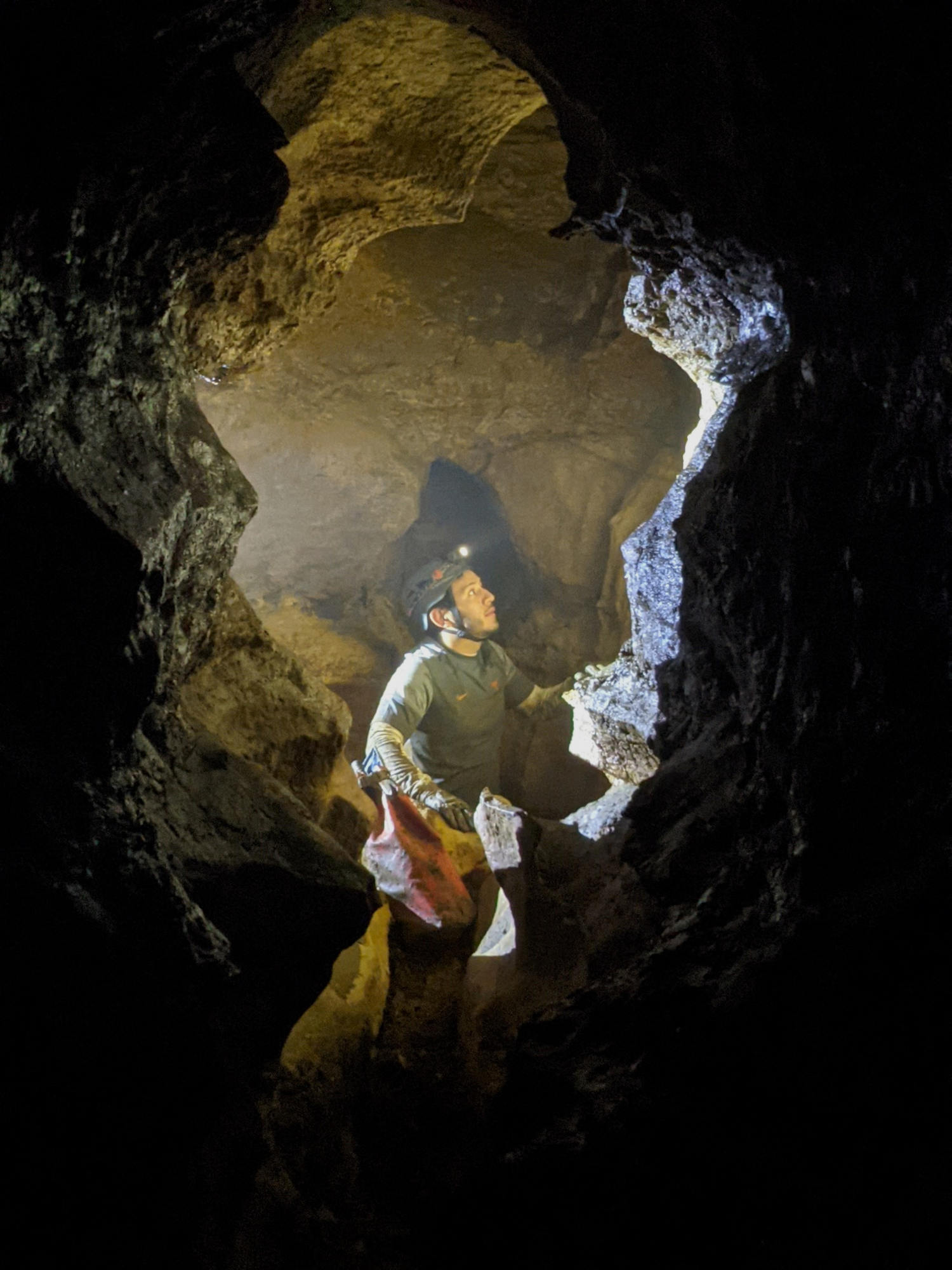
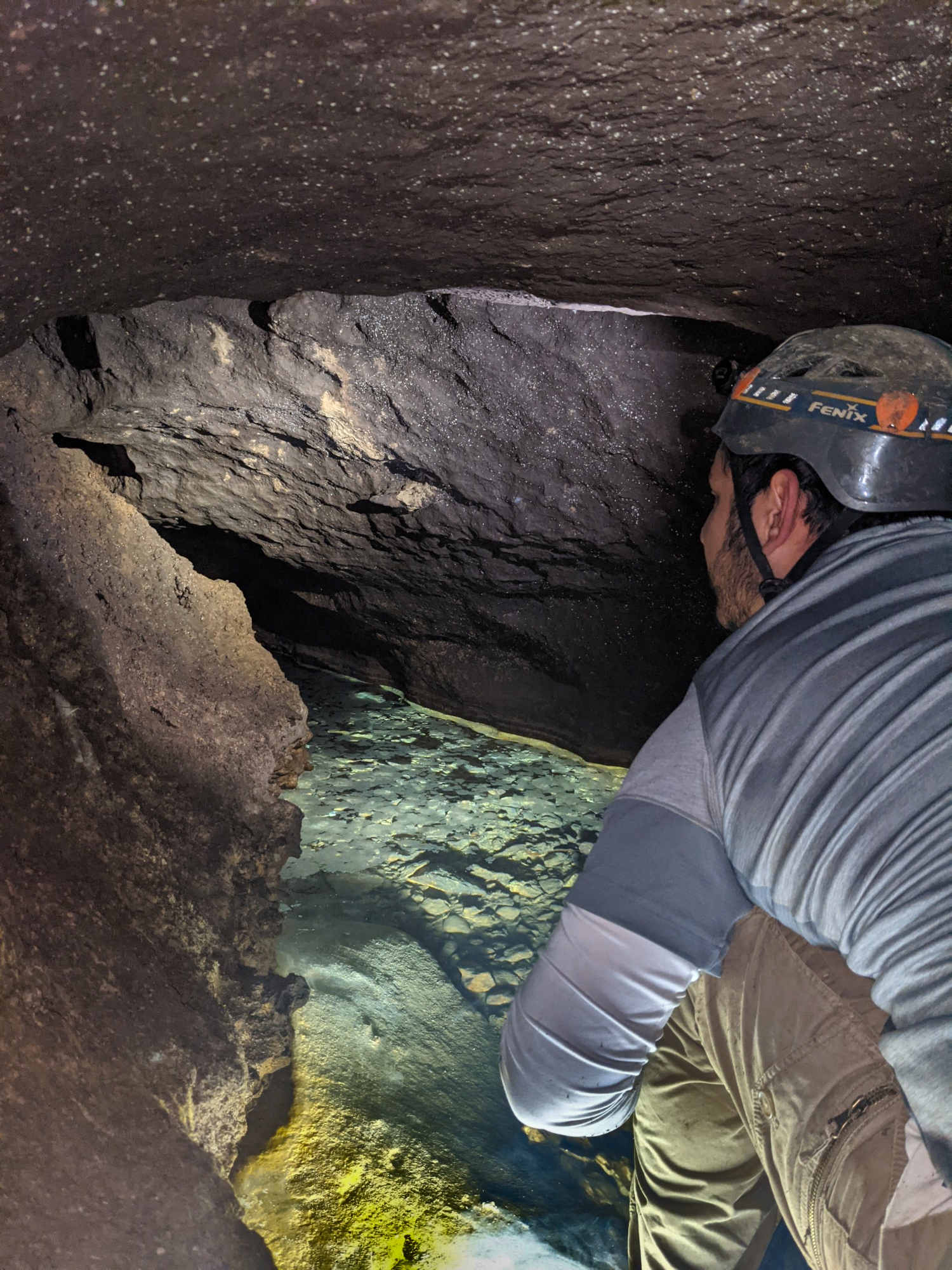
But lately, scientists from France to India to Australia are using genetic and chemical techniques to better understand stygofauna — and warning that many of these strange creatures may soon face extinction, including Texas’s salamanders. Many people rely on groundwater for drinking and domestic use, and in the past it has often been treated like an infinite resource. But groundwater is already running out in many areas. And the world is going to get even thirstier in the coming century: According to the World Meteorological Organization, by 2050, 5 billion people may lack adequate access to water.
How much are humans willing to do — or give up — to save an ecosystem that’s largely impossible to visit or even see? And if this ecosystem is damaged, what is at stake?
Conserving salamanders and other underground life is a “huge deal,” said Tovar, “because they rely on the water that we rely on.” The health of underwater ecosystems can act as barometer for the health of everything living aboveground, too, including people. And when it comes to understanding underwater ecosystems, Tovar added, “we’ve only scratched the surface.”
Researchers have known about Texas’s underground salamanders for more than a century, ever since a dozen or so turned up in a newly drilled well in San Marcos in 1895. But finding more has often been pure accident. Workers digging up a spring near a dry riverbed in 1951, for instance, discovered four specimens of a species now known as the Blanco blind salamander, but, left unattended, the story goes, two were quickly eaten by a heron. Another was lost, leaving science with only a single specimen of the species to this day.
Scientists have been able to find the salamanders by venturing underground, but such fieldwork is laborious and sometimes dangerous. Caves can hold venomous animals, pockets of suffocating gas, and other hazards. And considering the salamanders’ low population densities, finding one is a shot in the dark, with many expeditions returning empty-handed. (The same was true for Tovar when he went spelunking in that San Antonio cave in 2021: Like many times before, he did not find any salamanders.)
But even without live specimens, scientists can return with something else valuable. Using a technique called environmental DNA, or eDNA, they can check for bits of genetic material from skin cells, waste, or other biological cast-offs to track and identify animals.
One of the people using eDNA to find groundwater fauna is Tom Devitt, an evolutionary biologist at the University of Texas at Austin (Devitt and Tovar work together in evolutionary biologist David Hillis’s lab). Since 2013, Devitt has been working to find and map rare Texan salamanders. His work has revealed the existence of three previously unknown species of salamander, as well as the borders of the animals’ ranges. It turns out the caves under the state are isolated from one another by water flow and a dearth of nutrients, dividing the salamanders into many different species. By knowing where salamanders are found, scientists and policymakers can figure out which areas need study or protection.
For the past year or so, Devitt has been working with eDNA to better map these salamanders and their ranges, especially in places where they haven’t been found before. The work involves taking several liters of groundwater from rivers, streams, or caves, filtering to collect samples, and then running the samples through machines that can detect traces of specific DNA.
“The first step is just figuring out who’s who, right? And who lives where. And that’s kind of the most basic question, that we’re still struggling with,” said Devitt. “I mean, people have been studying these salamanders for, gosh, over a hundred years.” What’s more, figuring out distributions can also give clues to the salamander’s evolution and habits.
Devitt isn’t the only scientist using these new techniques. Researchers have also used eDNA to find a rare cave crayfish in Alabama and to map out where to find long, pale, aquatic salamanders called olms in Croatia. Australian scientists have used eDNA to investigate what kind of creatures live in the caves under Christmas Island, revealing a diverse community that includes a type of fish called snook, yellow nipper crabs, and freshwater jellyfish.
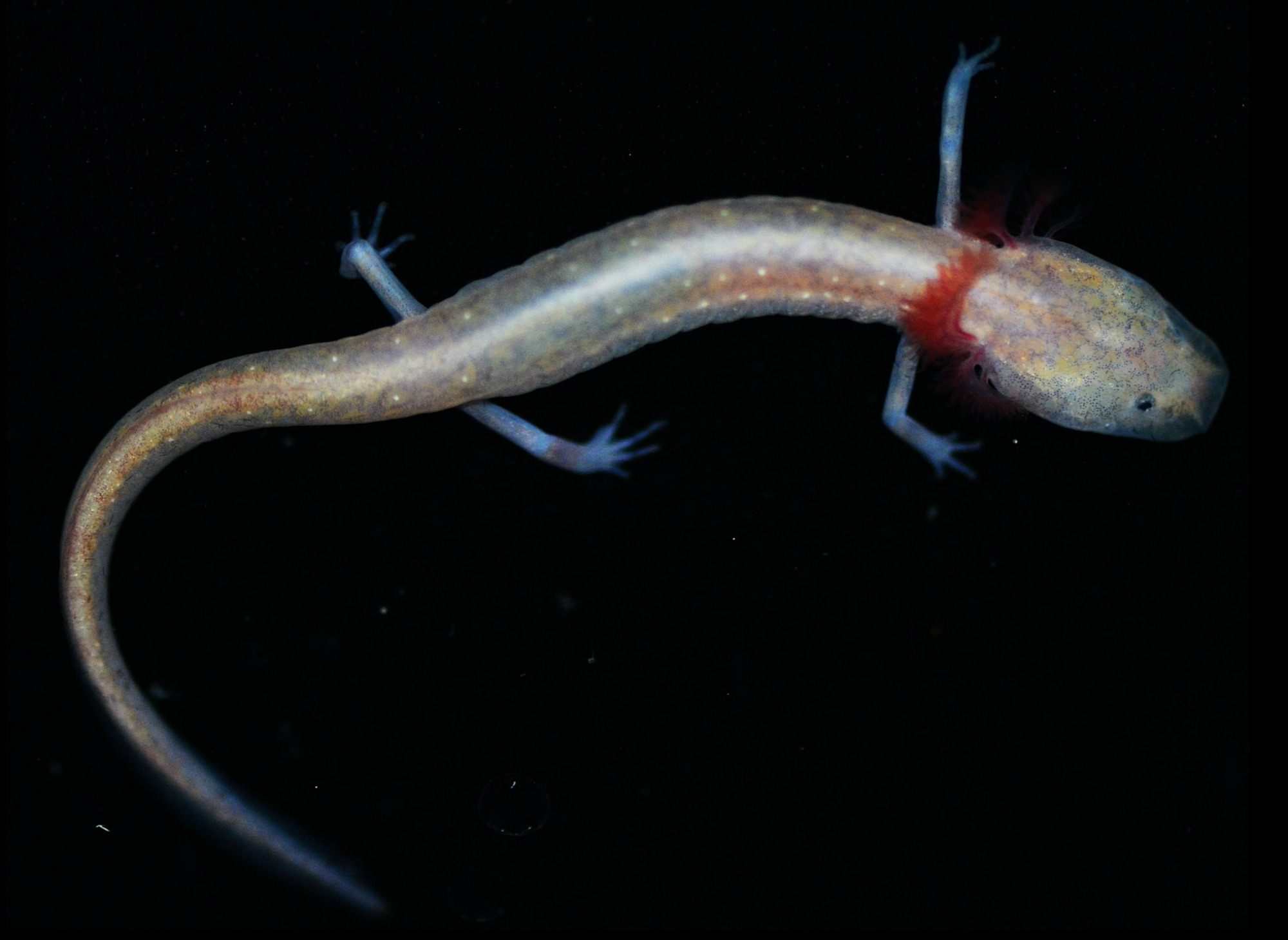
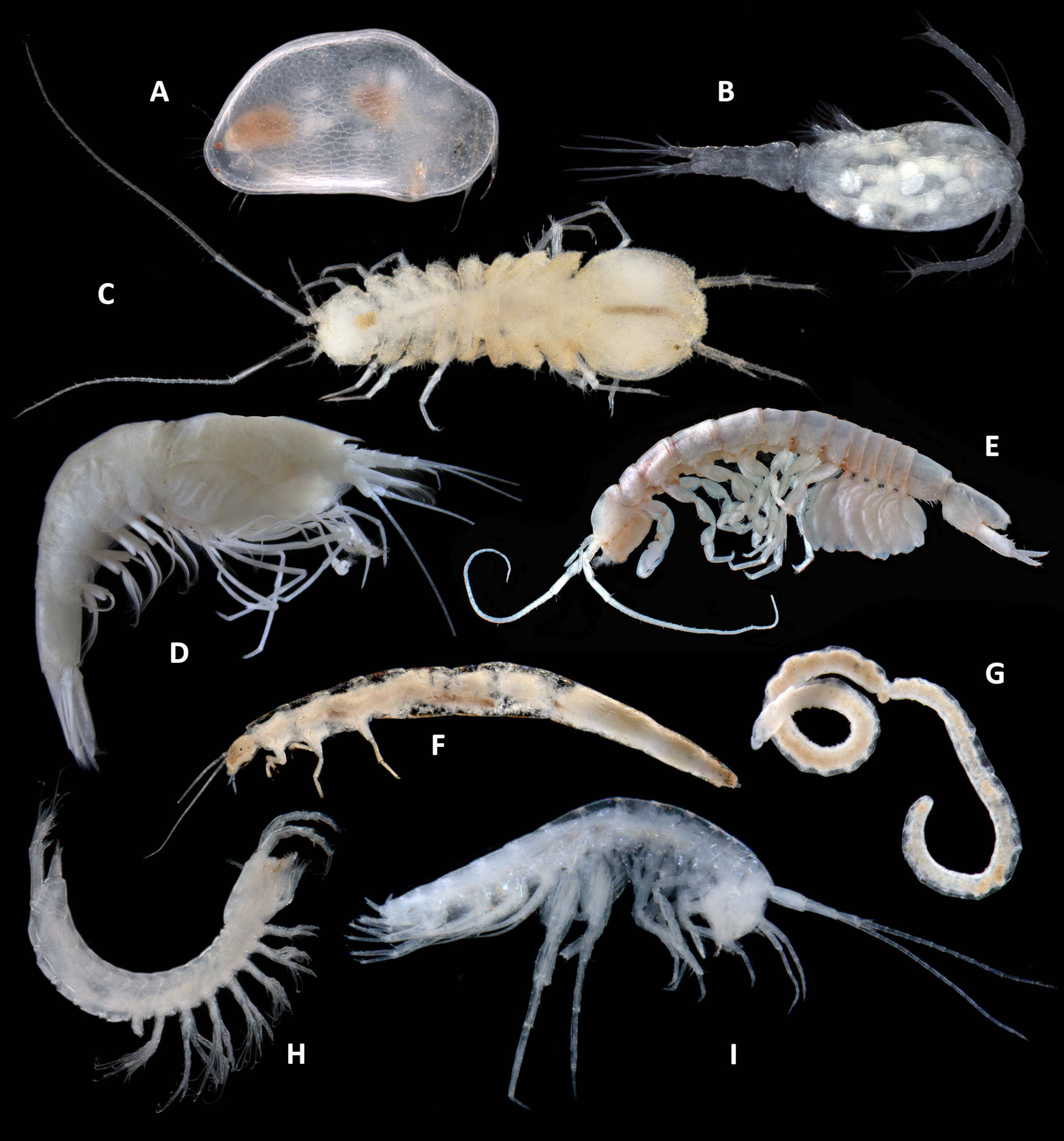
Even so, eDNA has limitations. As biologists Melania Cristescu and Paul Hebert outlined in a 2018 review, eDNA can have both false negatives and false positives. If a scientist doesn’t get any DNA results from a sample, it might not truly mean the species is missing, for instance, as genetic material can break down quickly before it’s detected. And getting a positive might not mean much for a specific location if a strong current is bringing in material from far away.
Environmental DNA also draws from existing databases of genetic material, so if the database is wrong, the approach might give a false reading or misidentify a species. (Part of what Tovar and Devitt are doing is trying to get rare salamander DNA samples in order to improve the reliability and sensitivity of their eDNA tests.)
Still, “molecular technologies have changed the game,” says Grant Hose, an aquatic ecologist and ecotoxicologist at Macquarie University in Sydney, Australia, who has used eDNA to show that metal contamination from Australian mines can affect subterranean creatures more than 10 miles downstream.
Also in Australia, Mattia Saccò, a researcher at Curtin University in Perth, is using a different technique to study the groundwater ecosystems. Instead of tracking minute traces of DNA, Saccò is looking at the proportions of atoms — called isotope analysis — to see how different forms of elements such as carbon or nitrogen are flowing through the ecosystem. He’s been able map the food web of subterranean fauna and how it changes over time, such as when rains appear at the end of western Australia’s dry season.
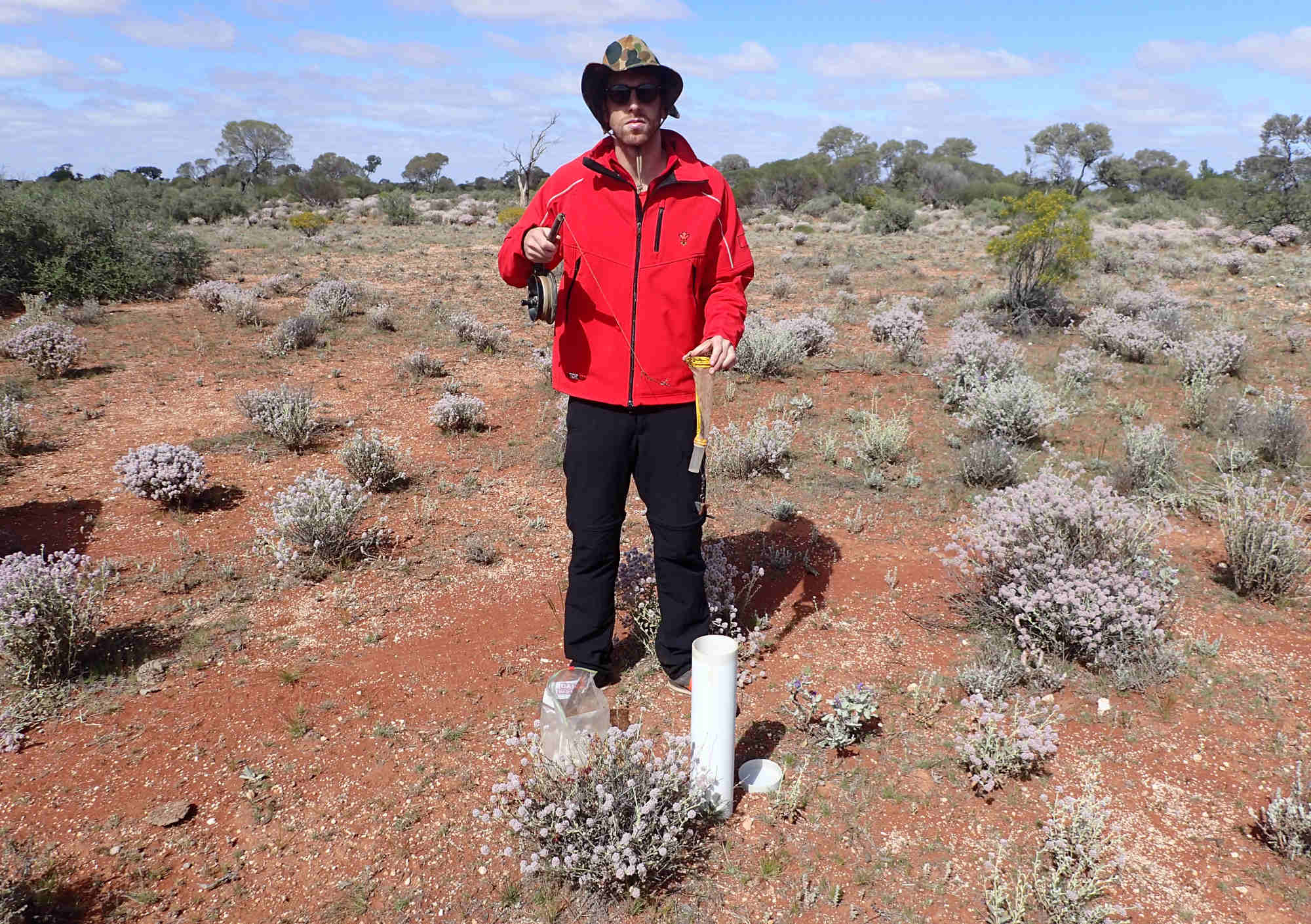
“I was actually able to see how rainfall was being incorporated within the system,” said Saccò. In the dry season, food was scarce and much of the nutrients came from plant roots; the rains brought a glut of fresh nutrients from the surface. This change then rippled throughout the food web — even up to some of the system’s top predators, beetle larvae, which switched from a more opportunistic diet to one more specialized on small crustaceans.
Research is also starting to reveal what might happen if underground ecosystems and animals disappear. Tovar is looking into whether understanding how blind salamanders lost their sight might translate to human vision, for example. Stygofauna also may provide what’s known as ecosystem services — research has suggested that the creatures could help purify groundwater by removing contaminants or pathogens.
“We are actually able to enjoy and to profit from groundwater because these bugs are doing the work for us and keeping the groundwater clean,” said Saccò.
Even though scientists continue to learn more about stygofauna, in reality the few well-studied hotspots represent only a fraction of the world’s groundwater ecosystems. In other parts of the world, particularly Asia and Africa, little relevant work has been done, Saccò said. And without better knowledge about the denizens of these habitats, they may go extinct.
One key pressure is the demand for more water. According to U.S. Census Bureau data, Austin, the state capital of Texas, is among the fastest-growing large cities in the country, which is putting greater demands on the Edwards-Trinity aquifer system.
Austin isn’t alone. Groundwater overdraft is an intensifying global problem and it’s estimated that current demand is more than three times the actual volume of aquifers. According to a 2019 assessment by researchers in Vietnam, Australia, and Italy, roughly a third of the world’s largest groundwater systems are already in distress. And according a 2016 model from hydrologists at Urecht University in the Netherlands, areas like Italy and part of the High Plains in the U.S. could reach their limits by the 2040s to 2070s; California’s Central Valley may exhaust their aquifer as soon as the 2030s.
India’s Western Ghats — a mountain chain that runs down the country’s southwestern coast — may also struggle. The Western Ghats are home to many unusual subterranean freshwater fish, including the dragon snakehead, which looks like an armored eel and may represent a relic population that’s existed for a hundred million years. But the region is also densely populated by humans, putting tremendous pressure on its aquifers. By 2050, more than 80 million people there may have insufficient water.
Invasive species pose another threat, such as catfish or tilapia in the Western Ghats and the American red swamp crayfish in Europe, which have invaded wells and caves.
Groundwater ecosystems also face pollution. Some of it is accidental contamination from mining spoils or agricultural fertilizers. And some is purposeful, like in Slovenia, where a capacitor factory disposed of toxic waste for two decades by simply by pouring it into sinkholes, contaminating olm habitat, or in India, where it’s common practice to use chemicals to disinfect wells.
In some cases, legislation and lawsuits have forced the preservation of at least some stygofauna. Barton Springs Pool is a deep, cold, spring-fed recreational pool near downtown Austin and has been a popular swimming venue for more than a century. (Long before the pool was built up, the springs themselves were used by Indigenous people). For some of that time, the city kept the natural pool in welcoming conditions for human visitors using intensive cleaning methods like hot water, high-pressure hoses, and chlorine.
But humans aren’t the only creatures there — deep in the springs that feed the pool live two different salamander species: the Barton Springs salamander, officially named in 1993, and the Austin blind salamander, discovered in 2001.
In 1992, the citizens of Austin passed an ordinance that restricted development in the recharge zones and limited pollution in the springs. That year, the city also stopped using chlorine to control algae at the pool. After the federal government listed the Barton Springs salamander as endangered in accordance with the Endangered Species Act in 1997, other practices were changed to protect the salamanders. Today, as part of an agreement with the U.S. Fish and Wildlife Service, the city can still use the pool for swimming, and can clean it (though with less destructive methods: high-pressure washing in salamander habitat is banned, and dropping the water level for cleaning is restricted). But in return, the city also has to help protect the ecosystem.
In 1998, as part of that protection, Austin launched a captive breeding program for the salamanders. Now a captive population of about 240 Barton Springs salamanders and about 50 Austin blind salamanders live inside a small facility a few minutes from the springs.
“Our whole goal, and it’s a pretty standard goal for captive breeding programs, is to maintain 90 percent gene diversity for a hundred years,” said Dee Ann Chamberlain, an environmental scientist and the head of the program.
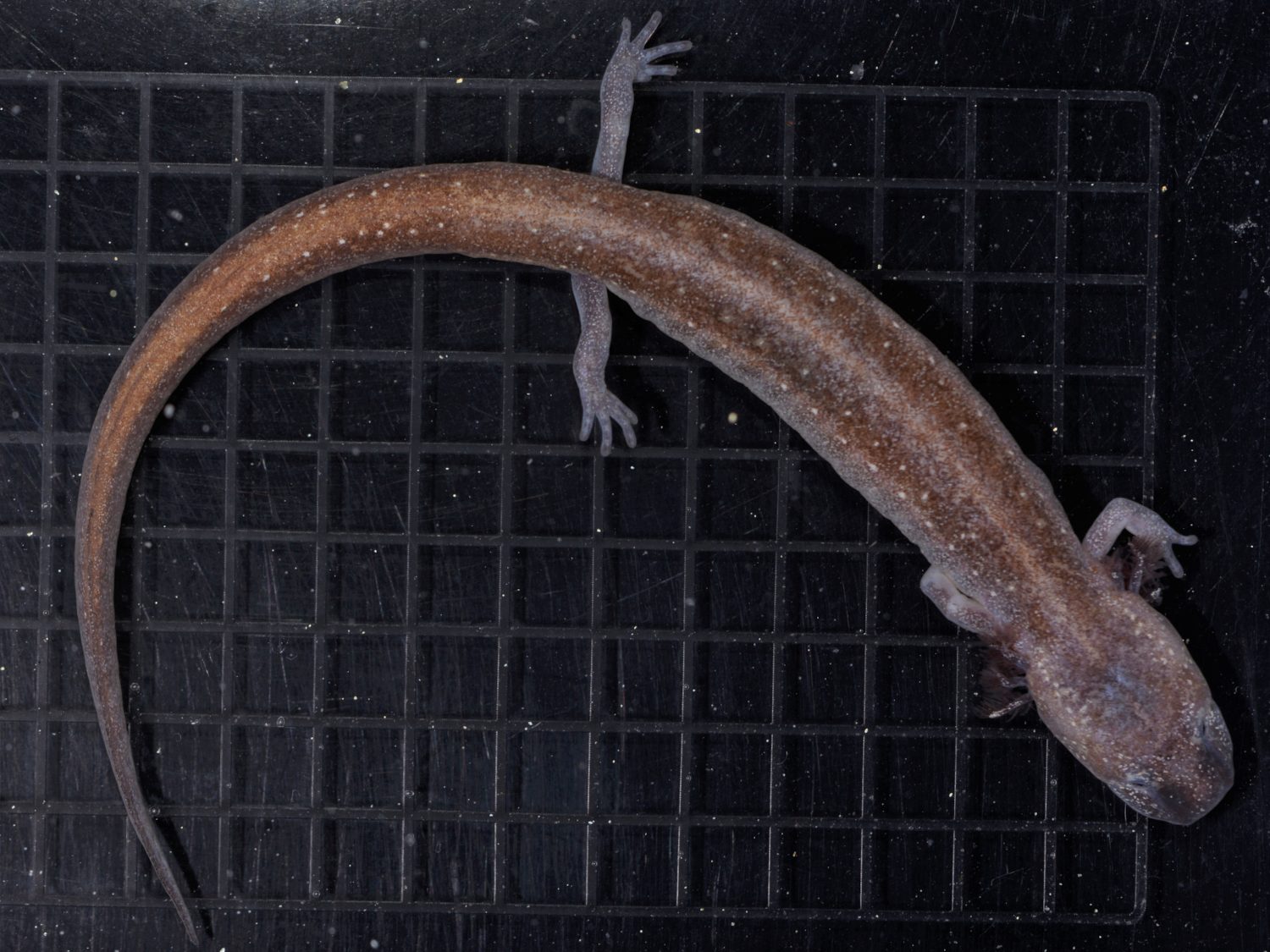
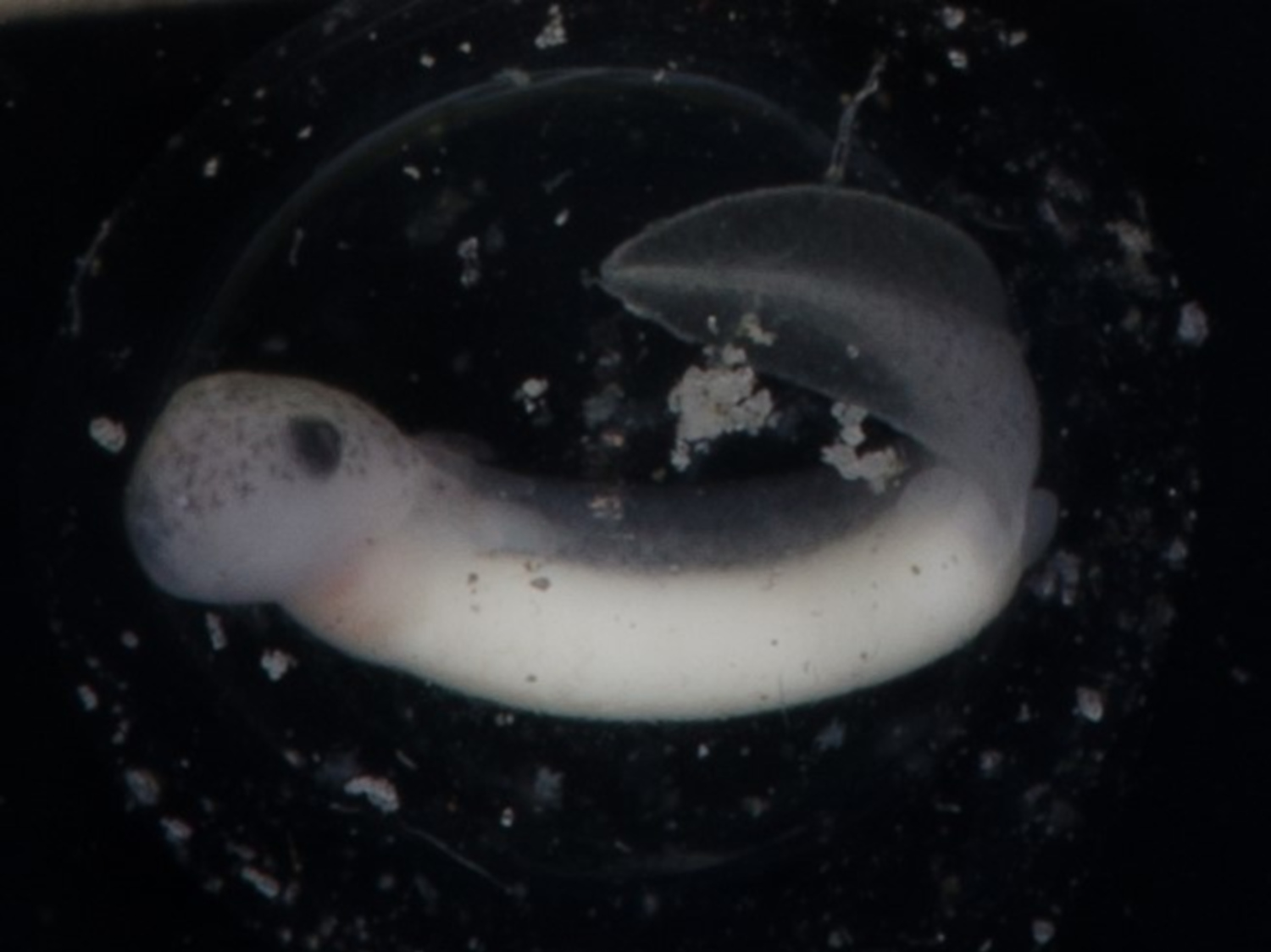

In addition to allowing for the study of the animals, the program also provides a failsafe in case of disaster. Barton Springs depends on water that enters the aquifer and flows in from the surface through nearby areas called recharge zones. A nearby chemical spill from, say, a crashed tanker truck or industrial accident could spell disaster for the salamanders.
“You could have a contaminant spill reach the springs in about a day,” said Chamberlain. “So there’s very real threats to the species.”
In that case, Chamberlain and her team would scoop up as many of the rare creatures from the wild as possible to bring back to the center before the contamination arrived. One day, when it was deemed safe, the scientists say they would return the salamanders’ babies to the springs.
Of course, protecting these zones from contamination would be better than trying to fix things after the fact. To that end, Austin has purchased land in the recharge zones and plans to purchase more, said Scott Hiers, a geoscientist employed by the city. This will limit development in those areas, he added, helping reduce the risk of pollution and ensuring surface water can trickle down to the aquifer.
“The land protection strategy is sort of the gold standard in my mind,” said Devitt. “The ultimate goal is to protect and preserve the watersheds that support these species.”
Development has also been stymied by lawsuits, such as one filed by the Center for Biological Diversity in 2019 alleging that highway construction could threaten Austin’s salamanders. The Endangered Species Act has also resulted in restrictions on groundwater usage in Texas.
Other parts of the world have also made efforts to protect stygofauna: The Western Australian government, for instance, has required that the subterranean fauna be considered in environmental assessments since the mid-1990s, and in India, new fees and stricter laws around groundwater use may provide additional protection, though conservationists have said more will need to be done.
But pressures on the ecosystems still remain.
“So not to paint a very bleak picture, but I think that it’s certainly going to be very challenging moving forward to keep some of these populations, if not species, from going extinct,” said Devitt. “That’s just the reality of it. I mean, one of the most recent species we discovered was right in the middle of a small city that’s only getting bigger. Salamanders are amazing at persisting, but only to a point.”
James Gaines is a freelance science writer and journalist living in Seattle, Washington. He’s available on Twitter @the_jmgaines.










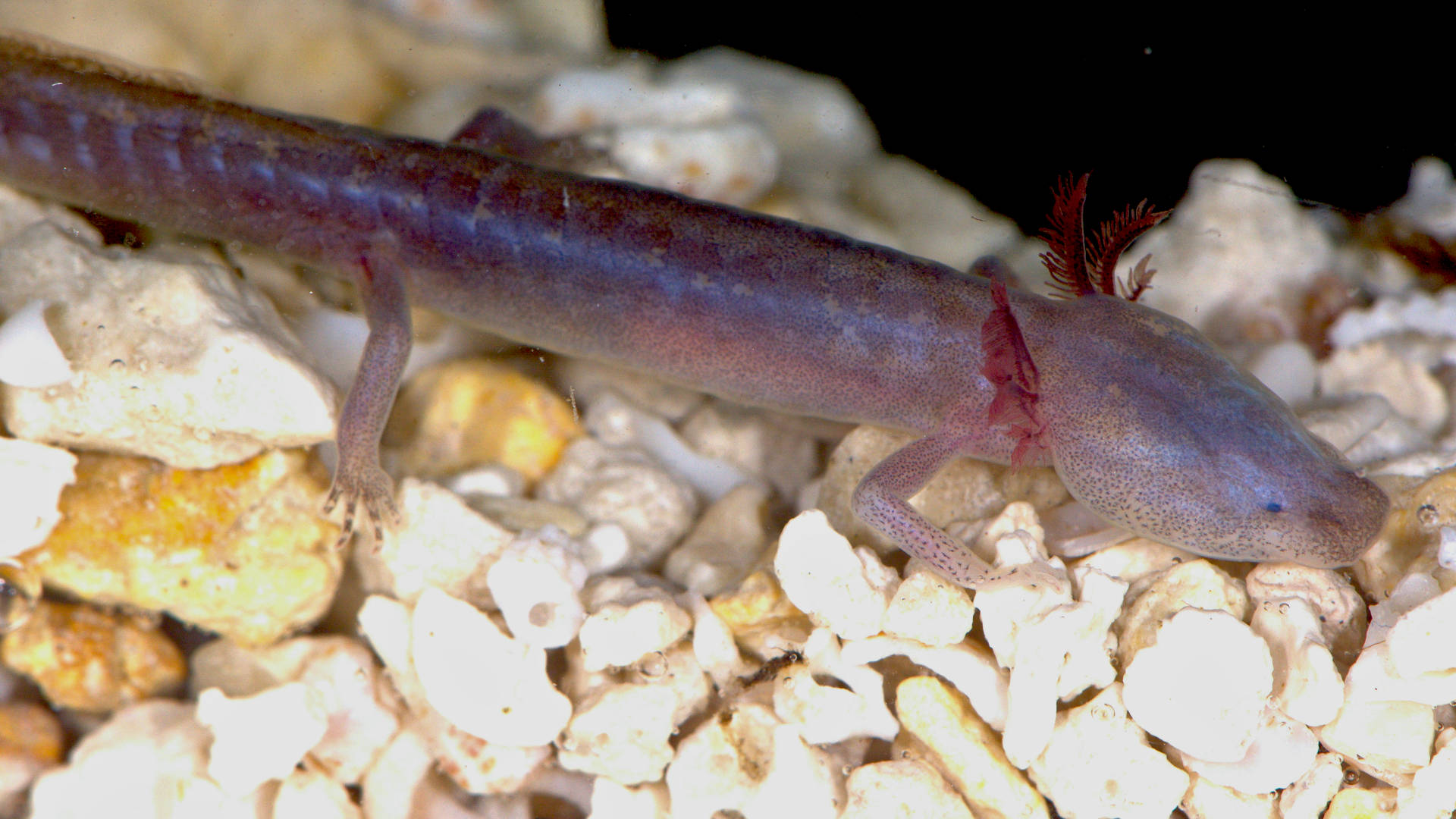
Comments are automatically closed one year after article publication. Archived comments are below.
A great article that brings much needed awareness to an ecosystem that we have coexisted with all along, yet know very little about. Underground ecosystems impact the world and our lives more than we give them credit for. I’m guilty of being somewhat oblivious of their importance and current situation so thank you for this article!